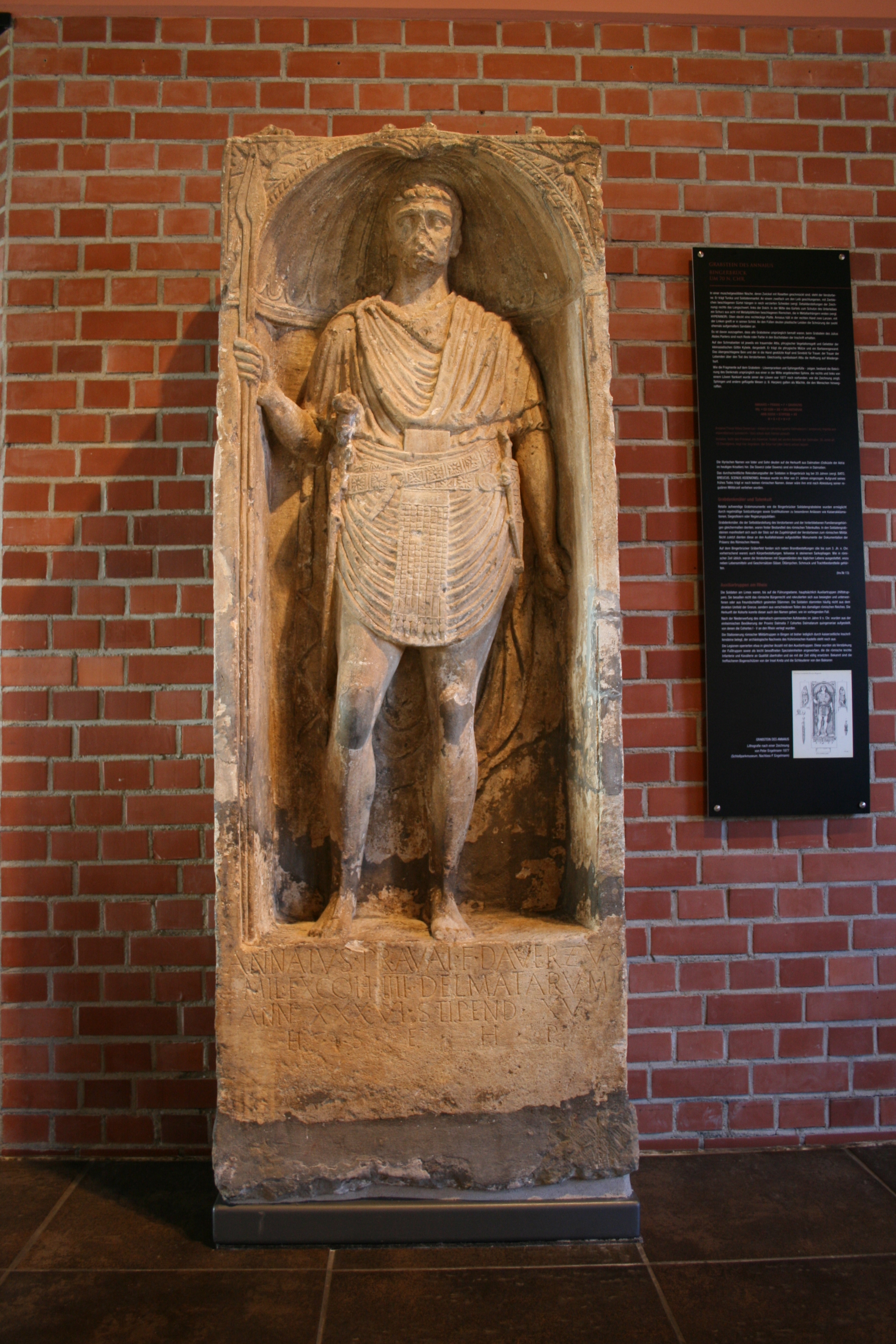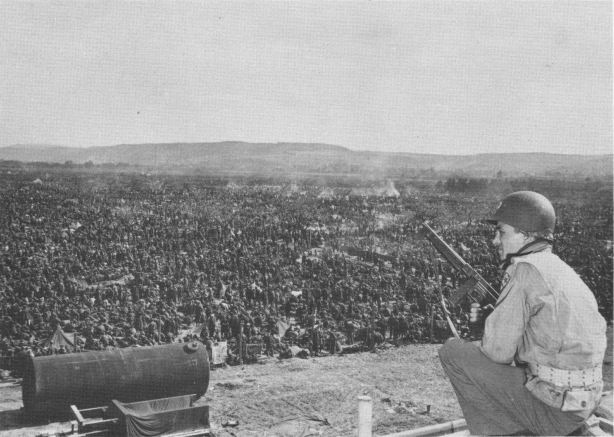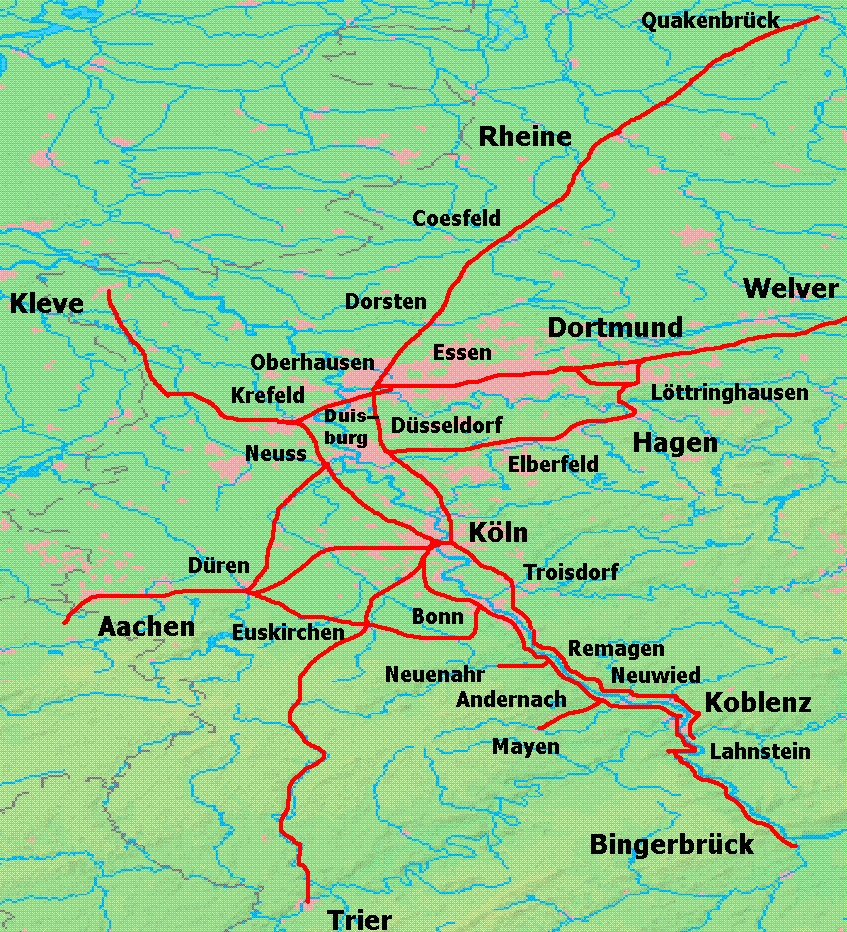|
Linke Rheinstrecke
The West Rhine railway (German: ''Linke Rheinstrecke'', literally 'left (bank of the) Rhine route') is a famously picturesque, double-track railway electrification, electrified railway line running for 185 km from Cologne via Bonn, Koblenz, and Bingen am Rhein, Bingen to Mainz. It is situated close to the western (left) bank of the river Rhine and mostly aligned to allow 160 km/h operation between Cologne and Koblenz and between Bingen and Mainz. Line speed between Koblenz and Bingen is restricted by the meandering nature of the Rhine Gorge, a UNESCO World Heritage Site. History The first section of the line opened on 15 February 1844, by the Bonn–Cologne Railway Company (''Bonn-Cölner Eisenbahn-Gesellschaft'') between the former station of Cologne St. Pantaleon Cologne and Bonn. It was extended on 21 January 1856, south to Rolandseck railway station, Rolandseck station and in 1859 north to the Köln Hauptbahnhof, Cologne central station. After the takeover by th ... [...More Info...] [...Related Items...] OR: [Wikipedia] [Google] [Baidu] |
Köln Hauptbahnhof
Köln Hauptbahnhof () is the central station, central railway station of Cologne, Germany. The station is an important local, national and international transport hub, with many Intercity-Express, ICE, Eurostar and Intercity (Deutsche Bahn), Intercity trains calling there, as well as regional Regional-Express, RegionalBahn and local Rhine-Ruhr S-Bahn, S-Bahn trains. EuroNight and Nightjet night services also call at the station. It has frequent connections to Frankfurt by way of the Cologne–Frankfurt high-speed rail line, which starts in southern Cologne. On an average day, about 280,000 travellers frequent the station, making it the List of busiest railway stations in Germany, fifth busiest station in Germany. The station is situated next to Cologne Cathedral. There is another important station in Cologne, the Köln Messe/Deutz station across the river Rhine, just about 400 metres away from Köln Hauptbahnhof. The stations are linked by the Hohenzollern Bridge, a six-track rail ... [...More Info...] [...Related Items...] OR: [Wikipedia] [Google] [Baidu] |
World Heritage Site
World Heritage Sites are landmarks and areas with legal protection under an treaty, international treaty administered by UNESCO for having cultural, historical, or scientific significance. The sites are judged to contain "cultural and natural heritage around the world considered to be of outstanding value to humanity". To be selected, a World Heritage Site is nominated by its host country and determined by the UNESCO's World Heritage Committee to be a unique landmark which is geographically and historically identifiable, having a special cultural or physical significance, and to be under a sufficient system of legal protection. World Heritage Sites might be ancient ruins or historical structures, buildings, cities, deserts, forests, islands, lakes, monuments, mountains or wilderness areas, and others. A World Heritage Site may signify a remarkable accomplishment of humankind and serve as evidence of humanity's intellectual history on the planet, or it might be a place of grea ... [...More Info...] [...Related Items...] OR: [Wikipedia] [Google] [Baidu] |
Hessian Ludwig Railway
The Hessian Ludwig Railway (German: ''Hessische Ludwigsbahn'') or HLB with its network of 697 kilometres of railway was one of the largest privately owned railway companies in Germany. Early history The Hessian Ludwig Railway was a product of the failed – or, more accurately, non-existent – railway politics in the Grand Duchy of Hesse. Whilst the province of Provinz Starkenburg, Starkenburg was given a central railway link, the Main-Neckar Railway very early on and the province of Upper Hesse at least had connexions to the railway network through the Main-Weser Railway at its periphery - the Grand Duchy had shares in both lines and they were operated as joint railways (''Kondominalbahnen'') – the third province, Rhenish Hesse (''Rheinhessen''), had no such facilities. Because the state was not active in this area, there was an opportunity for private involvement in the shape of a joint stock company (''Aktiengesellschaft''). The HQ of the Hessian Ludwig Railway was theref ... [...More Info...] [...Related Items...] OR: [Wikipedia] [Google] [Baidu] |
Rhine-Main Railway
The Rhine-Main Railway (), is a railway line in southern Germany from Mainz Hauptbahnhof, Mainz via Darmstadt Hauptbahnhof, Darmstadt to Aschaffenburg Hauptbahnhof, Aschaffenburg. It was built by the Hessian Ludwig Railway (''Hessische Ludwigsbahn'') and opened on 1 August 1858 and is List of the first German railways to 1870, one of the oldest railways in Germany. Until 1862, when the Südbrücke, Mainz, railway bridge over the Rhine river constructed and assembled by MAN-Werk Gustavsburg was finished, Historical advertisement a train ferry operated on the river. Route In Mainz the line crosses the Rhine at its confluence with the Main (river), Main and continued to Bischofsheim, Hesse, Bischofsheim, where the Main Railw ...[...More Info...] [...Related Items...] OR: [Wikipedia] [Google] [Baidu] |
Grand Duchy Of Hesse
The Grand Duchy of Hesse and by Rhine () was a grand duchy in western Germany that existed from 1806 to 1918. The grand duchy originally formed from the Landgraviate of Hesse-Darmstadt in 1806 as the Grand Duchy of Hesse (). It assumed the name Hesse und bei Rhein in 1816 to distinguish itself from the Electorate of Hesse, which had formed from the neighbouring Landgraviate of Hesse-Kassel. Colloquially, the grand duchy continued to be known by its former name of Hesse-Darmstadt. In 1806, the Landgraviate of Hesse-Darmstadt seceded from the Holy Roman Empire and joined Napoleon's new Confederation of the Rhine. The country was promoted to the status of grand duchy and received considerable new territories, principally the Duchy of Westphalia. After the French defeat in 1815, the grand duchy joined the new German Confederation. Westphalia was taken by Prussia, but Hesse received Rhenish Hesse in return. A constitution was proclaimed in 1820 and a long process of legal reforms was ... [...More Info...] [...Related Items...] OR: [Wikipedia] [Google] [Baidu] |
Prussia
Prussia (; ; Old Prussian: ''Prūsija'') was a Germans, German state centred on the North European Plain that originated from the 1525 secularization of the Prussia (region), Prussian part of the State of the Teutonic Order. For centuries, the House of Hohenzollern ruled Prussia, expanding its size with the Prussian Army. Prussia, with its capital at Königsberg and then, when it became the Kingdom of Prussia in 1701, History of Berlin, Berlin, decisively shaped the history of Germany. Prussia formed the German Empire when it united the German states in 1871. It was ''de facto'' dissolved by 1932 Prussian coup d'état, an emergency decree transferring powers of the Prussian government to German Chancellor Franz von Papen in 1932 and ''de jure'' by Abolition of Prussia, an Allied decree in 1947. The name ''Prussia'' derives from the Old Prussians who were conquered by the Teutonic Knightsan organized Catholic medieval Military order (religious society), military order of Pru ... [...More Info...] [...Related Items...] OR: [Wikipedia] [Google] [Baidu] |
Bingen (Rhein) Hauptbahnhof
Bingen (Rhein) Hauptbahnhof is a railway station in the Germany, German city of Bingen am Rhein on the West Rhine Railway. It is located in the borough of Bingerbrück. The station that serves central Bingen is called Bingen Stadt railway station, Bingen Stadt. The station is served by InterCityExpress, Intercity (Deutsche Bahn), Intercity and regional trains. It is a junction station where the Nahe Valley Railway branches of the West Rhine Railway (left bank line). It formerly also included a marshalling yard. The station is classified by Deutsche Bahn as a German railway station categories, category 4 station. Location Bingen Hbf is located in the district of Bingerbrück in the city of Bingen am Rhein and extends along the Rhine almost to the Nahe (Rhine), Nahe. Bingen Stadt (town) station is less than 2 kilometres to the southeast. The town station is located in the town's centre and its bus station gives better access to the town's bus services than the Hauptbahnhof. Three ... [...More Info...] [...Related Items...] OR: [Wikipedia] [Google] [Baidu] |
Moselle River
The Moselle ( , ; ; ) is a river that rises in the Vosges mountains and flows through north-eastern France and Luxembourg to western Germany. It is a left bank tributary of the Rhine, which it joins at Koblenz. A small part of Belgium is in its basin as it includes the Sauer and the Our. Its lower course "twists and turns its way between Trier and Koblenz along one of Germany's most beautiful river valleys."''Moselle: Holidays in one of Germany's most beautiful river valleys'' at www.romantic-germany.info. Retrieved 23 Jan 2016. In this section the land to the north is the Eifel which stretches into |
Remagen
Remagen () is a town in Germany in the state of Rhineland-Palatinate, in the district of Ahrweiler (district), Ahrweiler. It is about a one-hour drive from Cologne, just south of Bonn, the former West Germany, West German seat of government. It is situated on the left (western) bank of the river Rhine. There is a ferry across the Rhine from Remagen every 10–15 minutes in the summer. Remagen has many notable and well-maintained buildings, churches, castles and monuments. It also has a sizeable pedestrian zone with plenty of shops. Overlooking the west bank of the Rhine just north of the city centre is the Apollinariskirche. It has an observation deck that is only open to parishioners on Sundays. Pedestrians reach the church via a dirt trail that passes a series of roadside monuments representing each of the fourteen Stations of the Cross. The church grounds contain an outdoor crypt and an abbey. Further down the river is one of the many castles along the Rhine, perched even highe ... [...More Info...] [...Related Items...] OR: [Wikipedia] [Google] [Baidu] |
Rhenish Railway Company
The Rhenish Railway Company (German language, German: ''Rheinische Eisenbahn-Gesellschaft'', RhE) was along with the Cologne-Minden Railway Company (CME) and the Bergisch-Märkische Railway Company (BME) one of the railway companies that in the mid-19th century built the first railways in the Ruhr and large parts of today's North Rhine-Westphalia. Foundation The industrialists of the Rhineland and the Bergisches Land, then part of Prussia, sought to avoid paying the high tolls for using the Rhine imposed by the Netherlands and very early in its development, saw the possibility of the new means of transport, the railway. As early as the 1830s committees were established by the cities of the Rhineland to promote proposals for building railways. Some of the members of the Cologne committee under David Hansemann (1790–1864)—a merchant and banker from Aachen—and the Aachen Committee favoured a railway line through Belgium to the seaport of Antwerp via Liege. Belgium, which had ... [...More Info...] [...Related Items...] OR: [Wikipedia] [Google] [Baidu] |
Rolandseck Railway Station
Rolandseck station in Rolandseck near Remagen, Germany, built from 1856 to 1858, is considered an important part of the cultural heritage of the Rhineland and a significant early Germany railway building. It is the northernmost railway station on the West Rhine Railway in Rhineland-Palatinate. History The Bonn–Cologne Railway Company (') extended its line (later the West Rhine railway) from Cologne to Bonn on 15 February 1844. In 1846, the company had requested permission from the Prussian government to extend the line to Rolandseck, but had been refused for military reasons. Finally in 1853, the Prussian Cabinet gave it provisional permission to extend the line as far as Rolandseck. The new terminus should have been as close as possible to the Rhine, in order to cater for comfortable transfers to steam ships. The supervising engineer for the building of the railway line also produced the sketches for the Rolandseck station, which was set out in such a way that the terminu ... [...More Info...] [...Related Items...] OR: [Wikipedia] [Google] [Baidu] |
Bonn–Cologne Railway Company
The Bonn–Cologne Railway Company (, BCE) was a List of former German railway companies, former German Railway company, founded in July 1837 in Bonn and granted a concession on 6 July 1840 to build and operate a railway line between Bonn and Cologne. History Two options were examined for the route: a direct line along the course of the Rhine would have been cheaper. This would have passed through a sparsely populated area, which would have produced few passengers. Half a century later this route was used by the Rhine Bank Railway (''Rheinuferbahn'') built by another ''Cologne-Bonn railway'' (''Köln-Bonner Eisenbahnen'')—now line 16 of the Cologne Stadtbahn, Cologne and Bonn Stadtbahns. Another option was built, a 29-km-long line, later part of the West Rhine Railway, West Rhine line (''Linke Rheinstrecke''). It runs in a wide arc through Roisdorf station, Roisdorf, Sechtem station, Sechtem, Brühl station, Brühl and Kalscheuren to St. Pantaleon station in Cologne. This termin ... [...More Info...] [...Related Items...] OR: [Wikipedia] [Google] [Baidu] |







